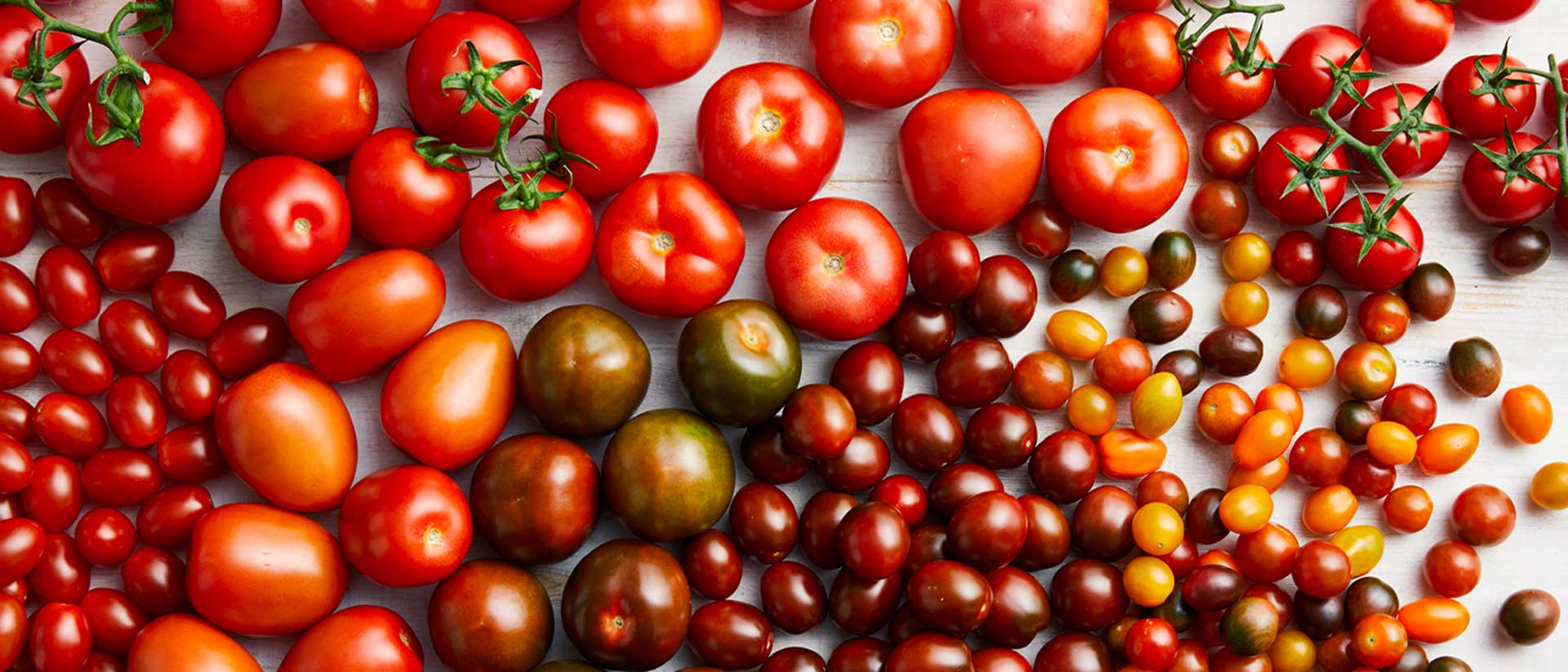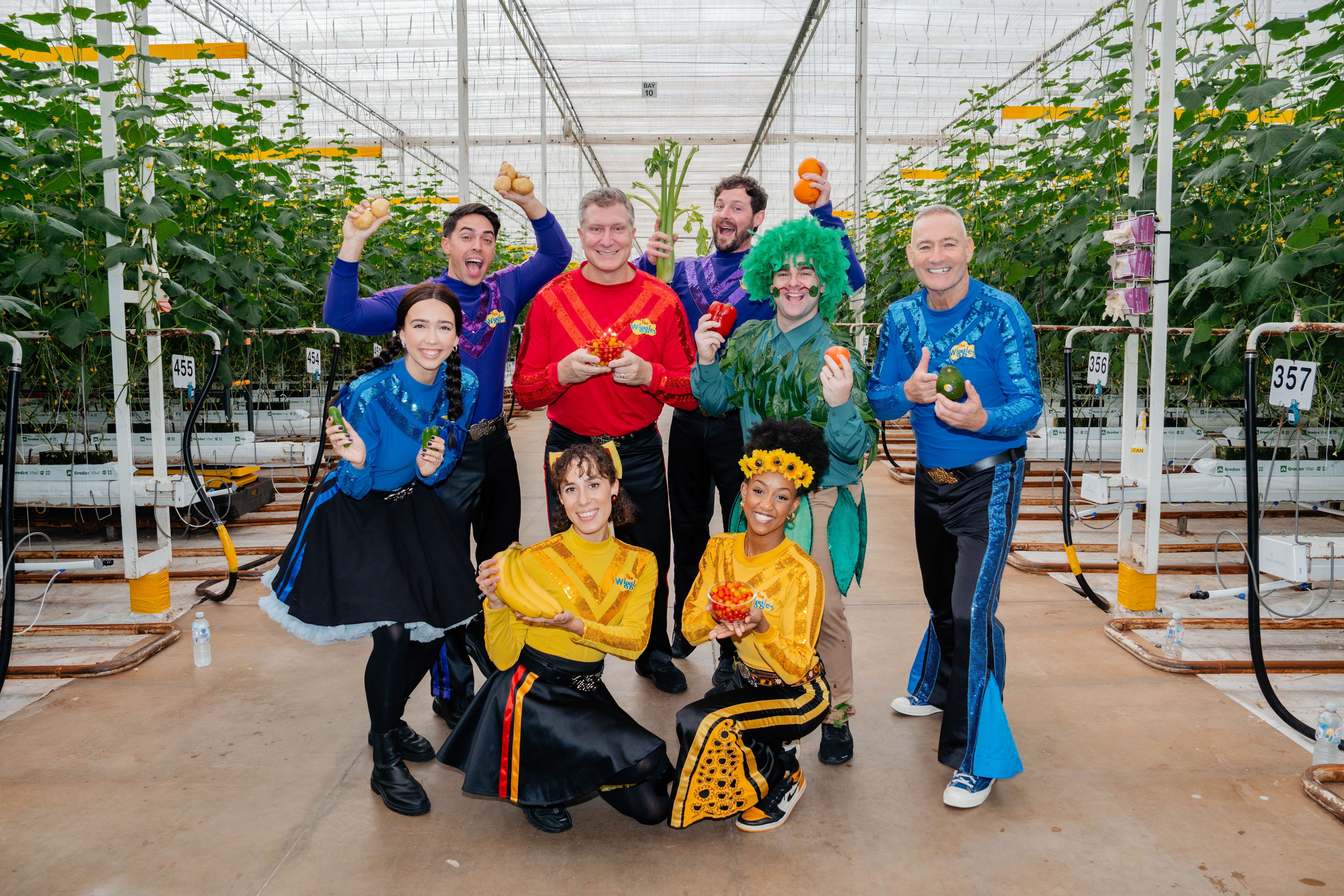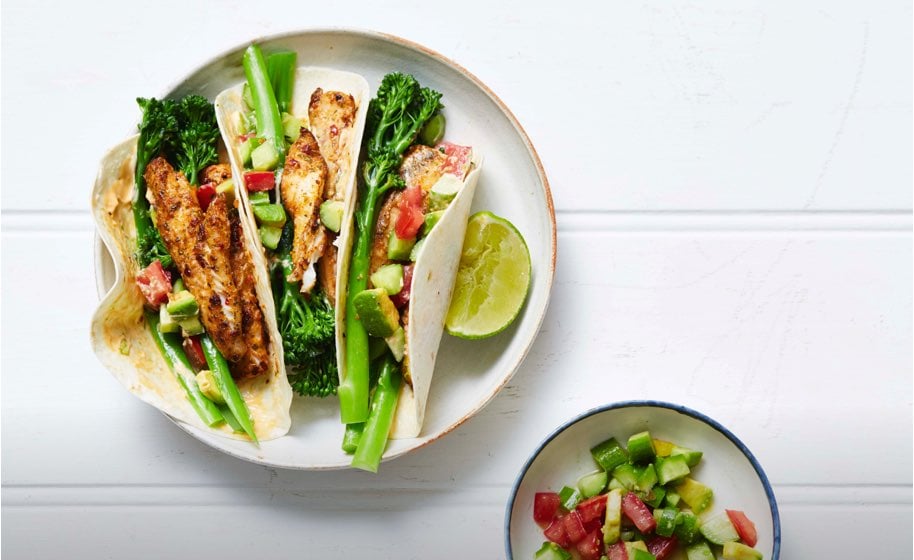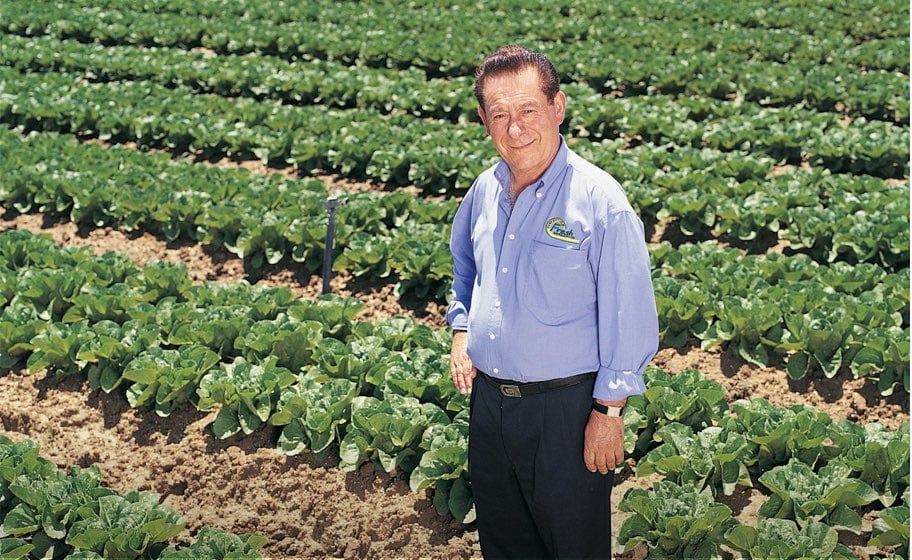Quality Assurance
Food Safety at Perfection Fresh
Learn about our rigorous protocols, certifications, and quality control measures that ensure the highest standards in fresh produce handling and distribution.
ExploreOur Commitment to Safe Fresh Produce
At Perfection Fresh, ensuring food safety in fresh produce is at the core of everything we do. Every product that leaves our farm gates must meet the highest fresh produce safety standards. Through our Perfection Fresh Approved Supplier Program and rigorous Supplier Audits, we ensure that all our growers adhere to strict quality assurance and food safety protocols. This includes meticulous management of soil, water, chemical, and microbial conditions, alongside close monitoring of texture, colour, and flavour quality. We also value transparency, regularly hosting third-party auditors and customers to verify that our food safety and quality remain world-class.
Food Safety Protocols and Standards
Our dedication to safe food handling and HACCP certified food safety practices means we take every precaution to deliver safe, nutritious produce to your table.
Given that many fruits and vegetables are consumed raw, it’s essential to wash them before consumption. Below, we outline important guidelines on how to handle and wash fresh produce to ensure safety and quality.
Quality Control Measures
We follow comprehensive fresh produce quality control processes to reduce the risk of exposure to microorganisms and bacteria which can cause foodborne illnesses. Proper washing of fruits and vegetables is crucial to removing dirt and pathogens, especially in produce like lettuce or broccoli, which are grown directly in soil. Our meticulous handling practices, from farm to shelf, ensure that only the freshest and safest produce reaches your table.
CERTIFICATIONS AND COMPLIANCE
As part of our commitment to food safety compliance, Perfection Fresh adheres to certified food safety protocols, ensuring that all produce is handled and washed following best practices.
Always check the package label before consuming, and if in doubt, give your produce a quick rinse under the tap.
The Australian Institute of Food Safety recommends an 8-step guide for washing fruits and vegetables. By following these steps, you help ensure that the fresh produce you enjoy is as safe as it is delicious.
8-step guide for washing fruits and vegetables
1. Clean and sanitise sinks and other food contact surfaces/utensils.
2. Wash hands thoroughly with soap and water for 20 seconds.
3. Cut damaged/bruised areas before handling or preparing.
4. Rinse produce thoroughly with clean plain running water.
5. Use a vegetable brush to scrub the rind of firm produce.
6. Dry the produce with a paper towel to remove any water.
7. Put produce on a clean plate to avoid cross-contamination.
8. Clean and sanitise the sink and any utensils used.








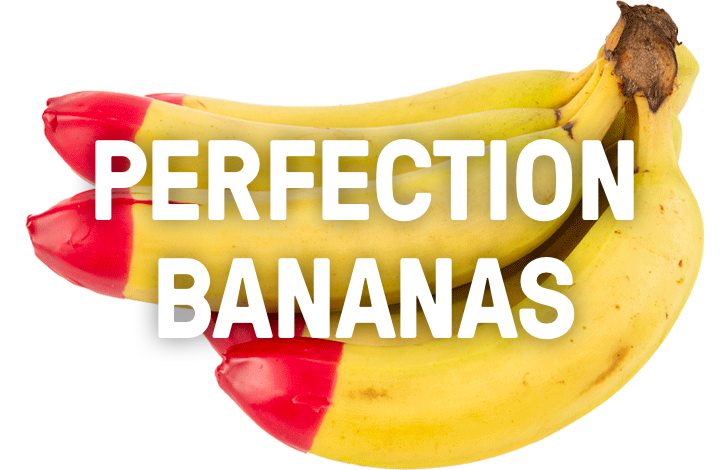
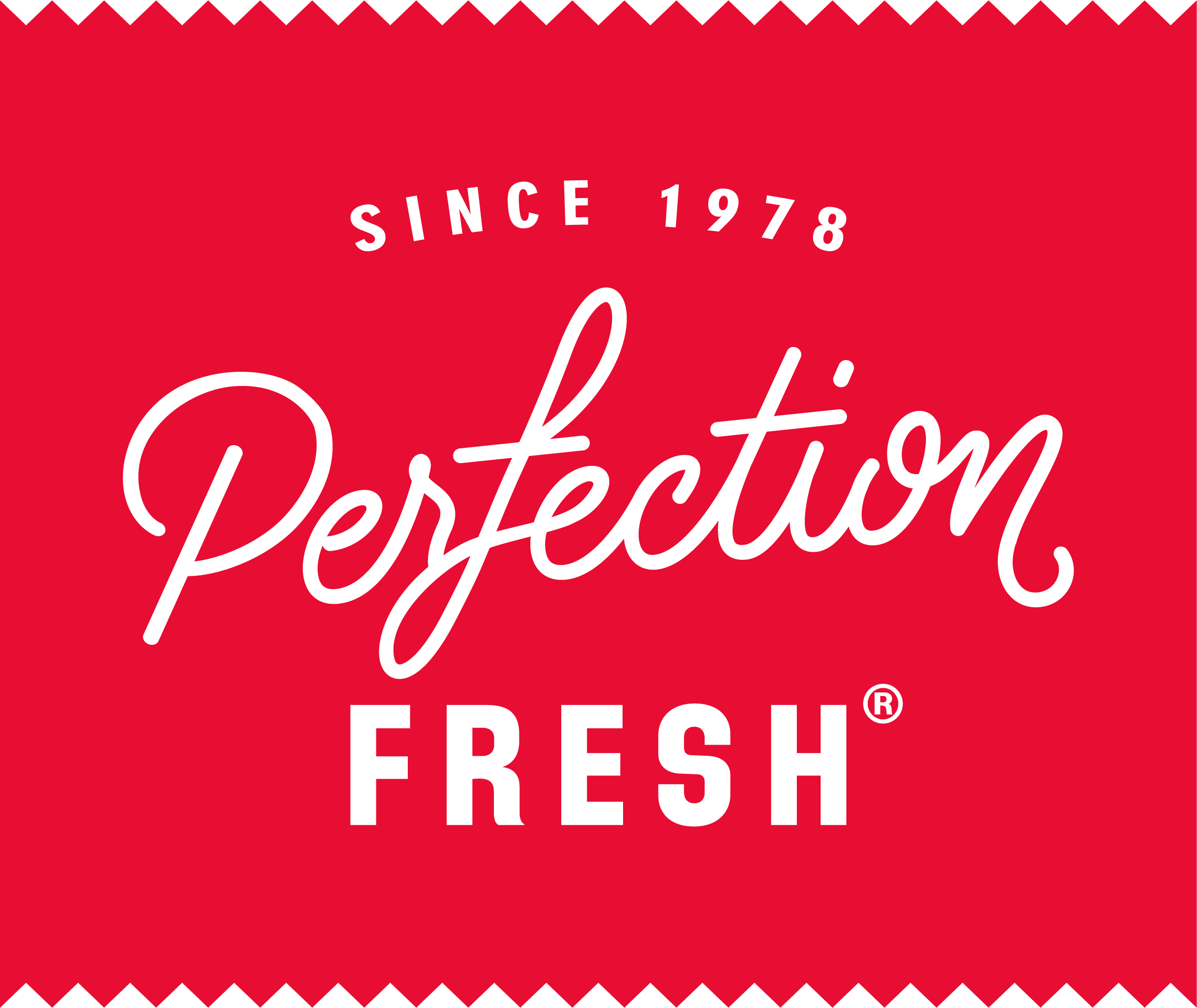
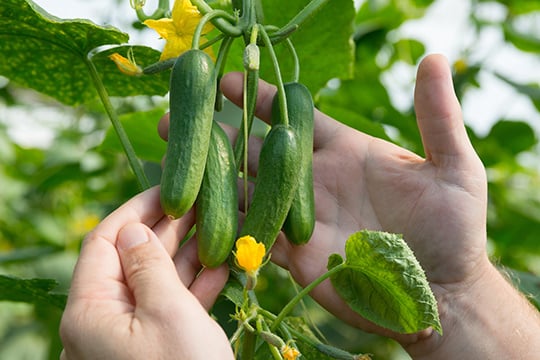

.jpg)
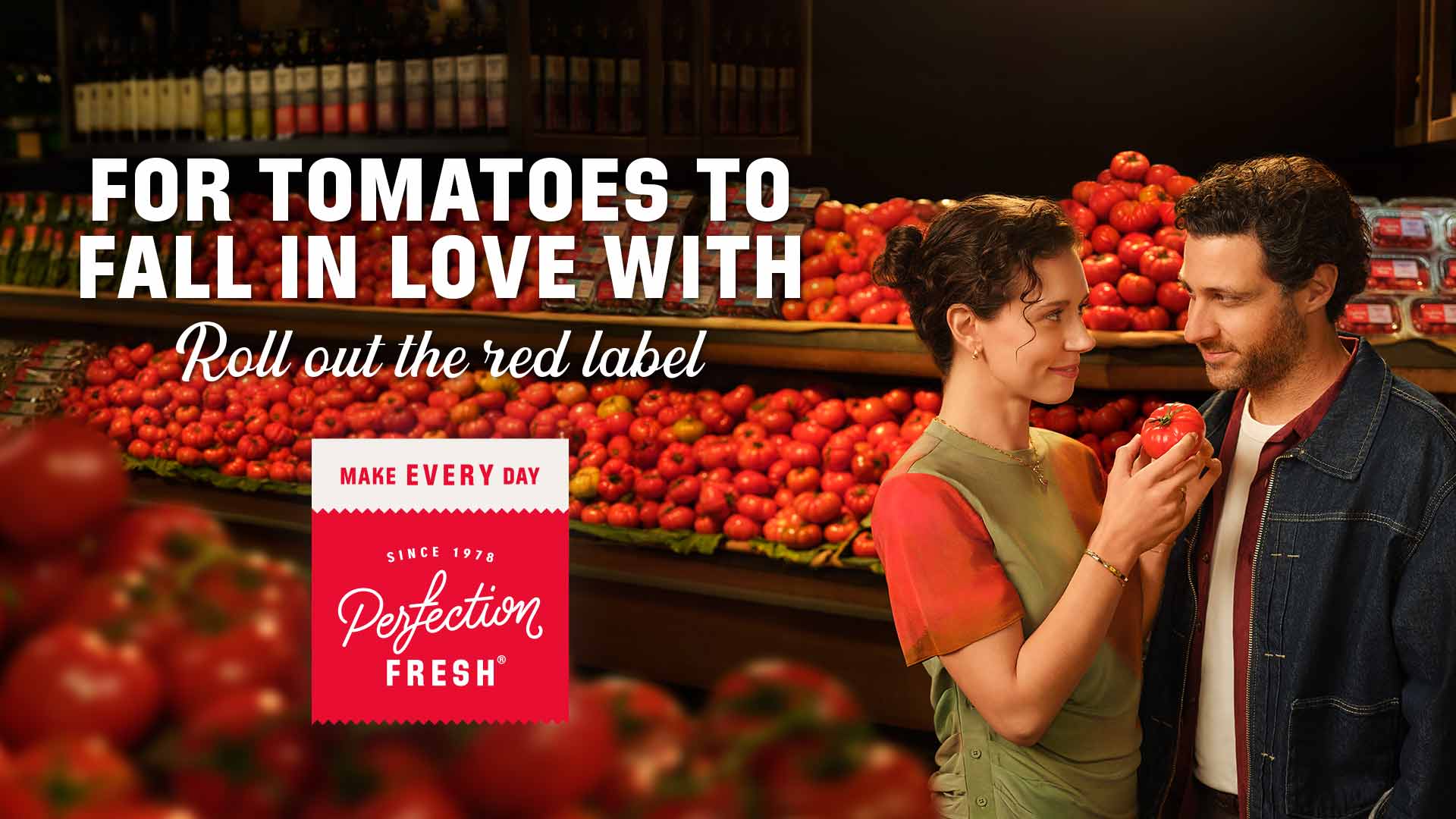
%20(1).jpg)
